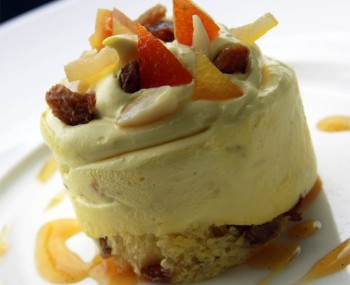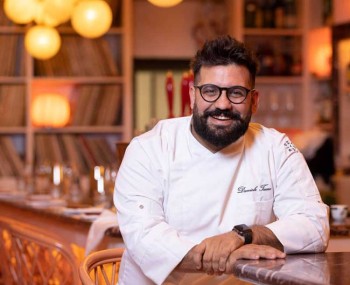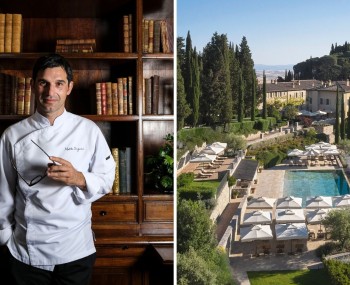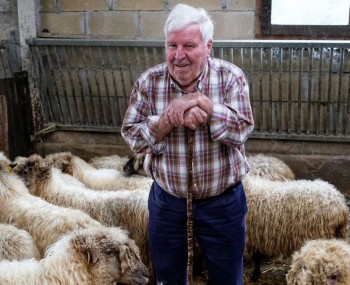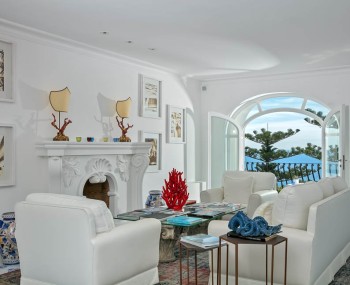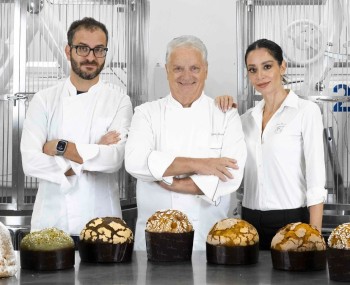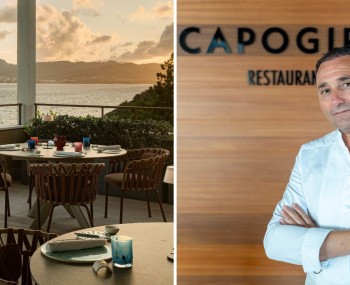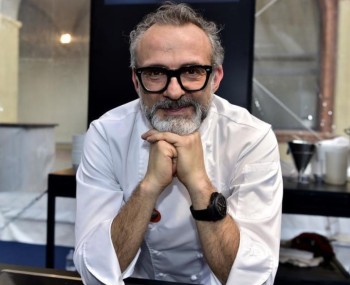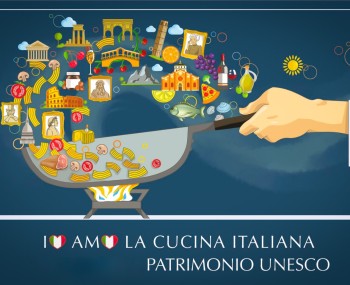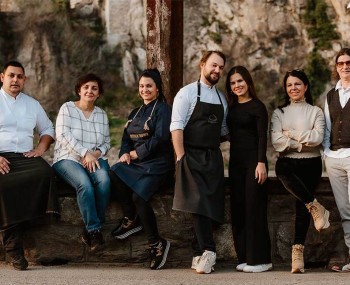Clear ideas and ambitious objectives that go well beyond the Michelin star: with attention to design, a close-knit team and a transversal cuisine, Pulejo confirms himself as a gourmet in ferment. Davide Pulejo's vision.
THE STORY
“I'm an ambitious person with very clear ideas. I spend entire days in the kitchen, but it's exactly what I want to do and I do it effortlessly, it comes naturally to me. Does it seem like I want to skip ahead? Maybe, but at my age I think it's normal. And anyway, I was born premature, which probably didn't help”. This is how Davide Puleio, one of the most interesting and least acclaimed chefs on the Roman scene, describes himself.
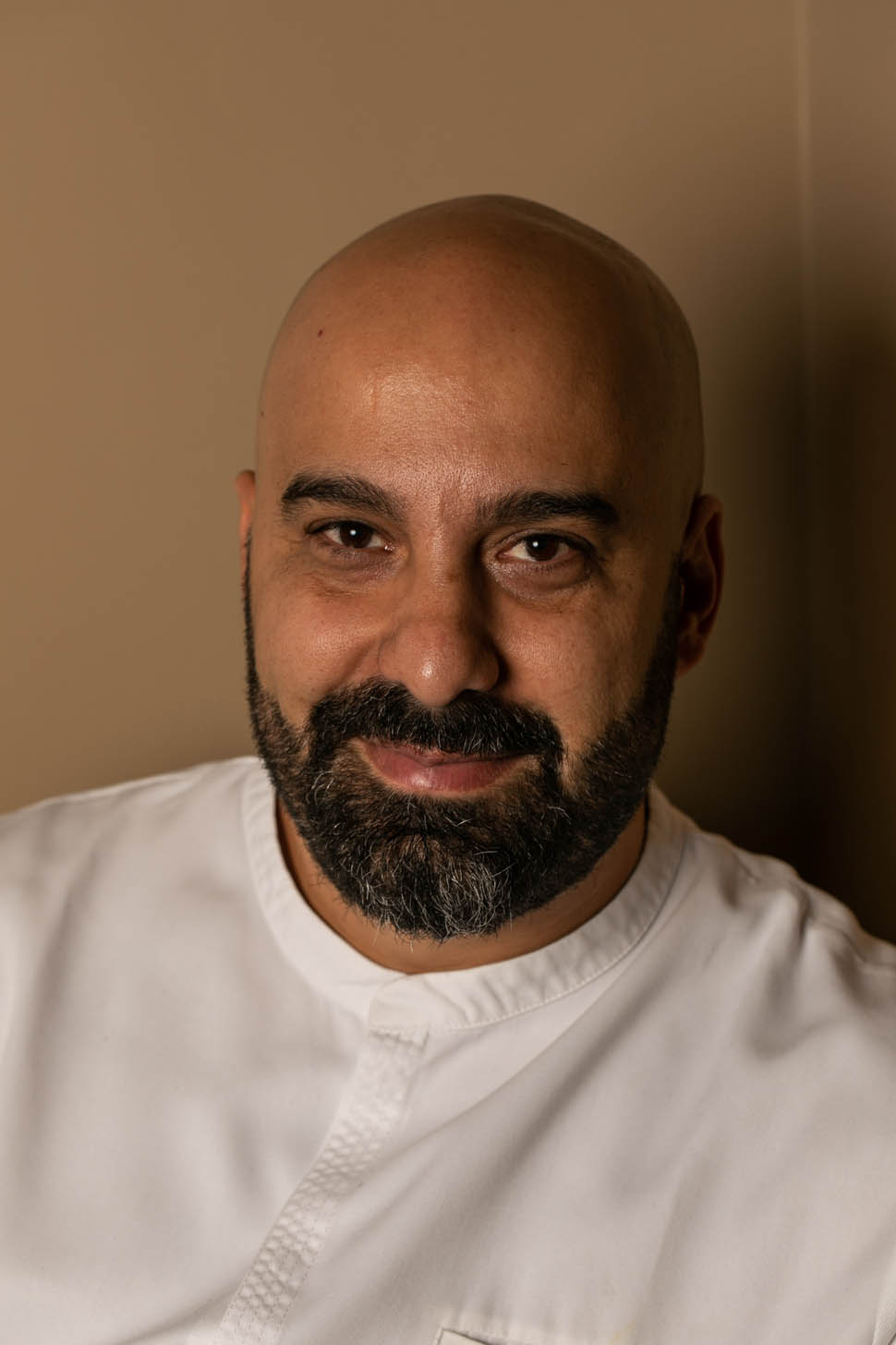
Born and raised in Rome, after graduating from hotel management school, at the age of just 21 he joined the kitchen brigade of Angelo Troiani's Il Convivio, which he defines as “his baptism”, where he met chef and friend Daniele Lippi and learned what it means to approach signature cuisine. Between 2013 and 2014, the most significant experience was at Noma in Copenhagen, where he learned the importance of hard work and obsessive attention to detail, which translate into consistency, discipline and the pursuit of perfection in every little gesture. Then there was the experience at Texture in London, with Agnar Sverrisson, where he absorbed the many stimuli of a multi-faceted and multi-ethnic metropolis, and the experience at the Pipero restaurant, as sous chef to Luciano Monosilio.
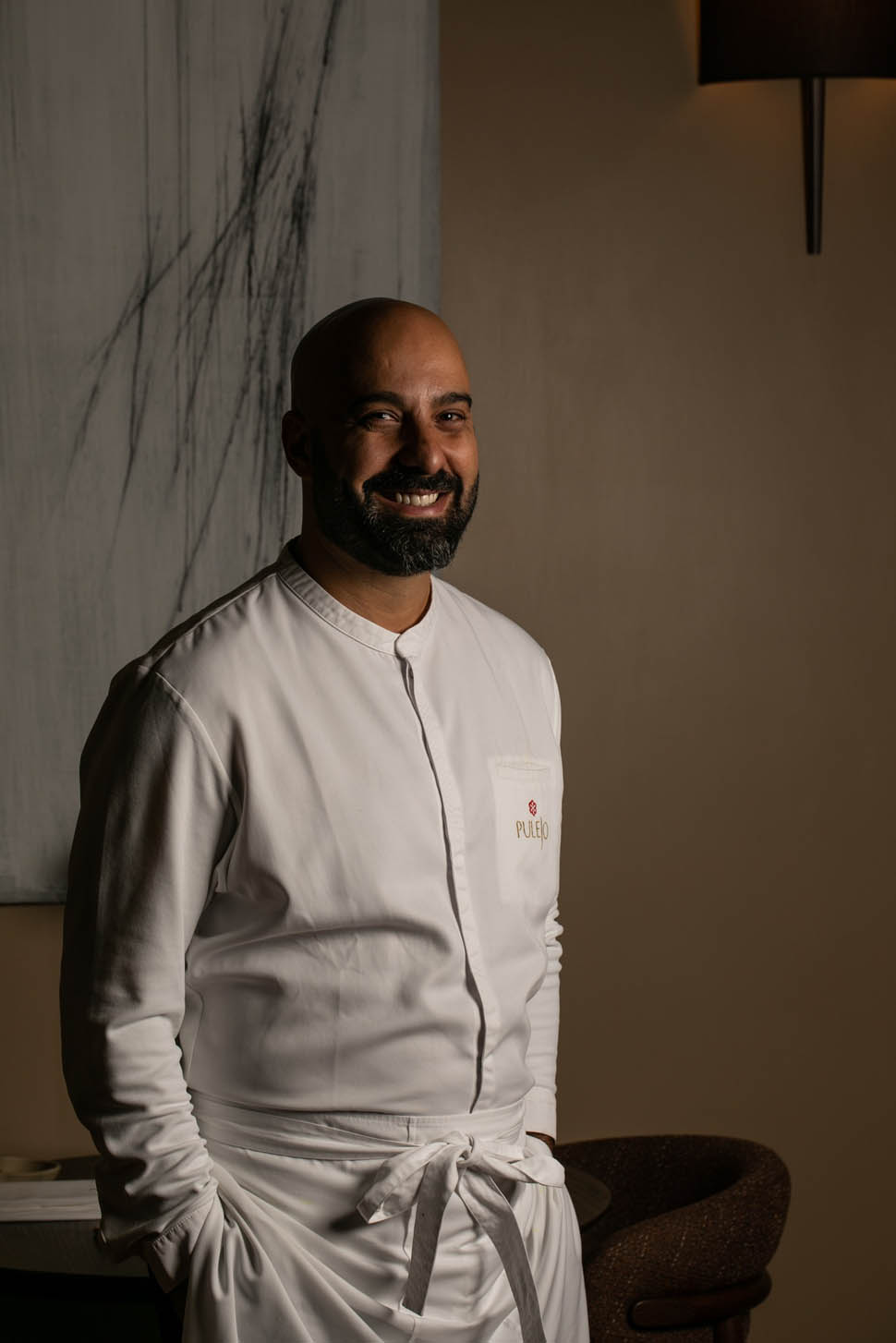
“Alessandro Pipero was fundamental in helping me understand the entrepreneurial aspects of this profession, which is so tiring and full of difficulties,” confesses Puleio. In 2019 he moved to Milan to manage the kitchen of the restaurant L'Alchimia, where he won a Michelin star and the award for best young chef in 2020. However, awards alone are not enough and after less than a month he left due to differences with the owners. On March 31, 2022, he opened his restaurant, Pulejo, in the Prati area of Rome. In a short time, he received important recognition such as the “Novelty of the Year” award from the Gambero Rosso guide to Italian restaurants, and shortly after, just 7 months after opening, he received his first Michelin star. In October 2024, together with his business partner Matteo D'Anzi, he opened Isotta trattoria di quartiere in Torrevecchia, with the aim of paying a modern tribute to the traditions and regional cuisines of the Lazio region.
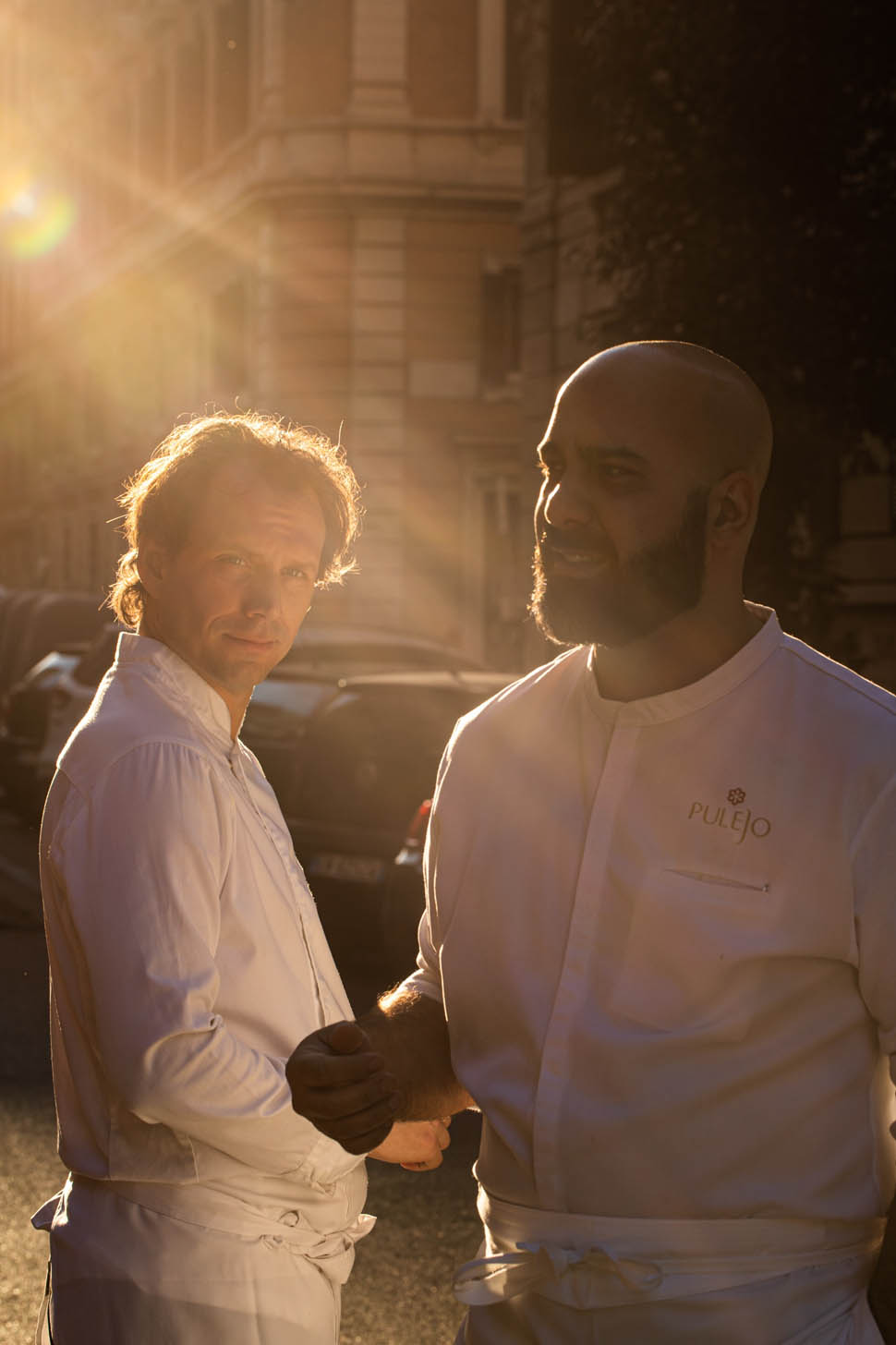
THE RESTAURANT
Predictable success? Undoubtedly sought after and deserved: “I think I owe a lot to my father, he was a great motivator. He was in the military and for years he insisted that I look for a permanent job; however, I always had a very hard head. I firmly believe in rules, but letting go and going beyond them can sometimes have unexpected consequences,” the chef says proudly. The dining room is furnished in Nordic style, with wooden tables and basic table settings, however the recent refurbishment of the parquet flooring, darkened and embellished with slabs of fine Orosei marble, gives it a warmth that mitigates the minimalist approach and makes the environment more beautiful, elegant and comfortable: “For now we have limited ourselves to redoing the floor and repainting the walls, the most significant renovation is planned for August” explains the chef.
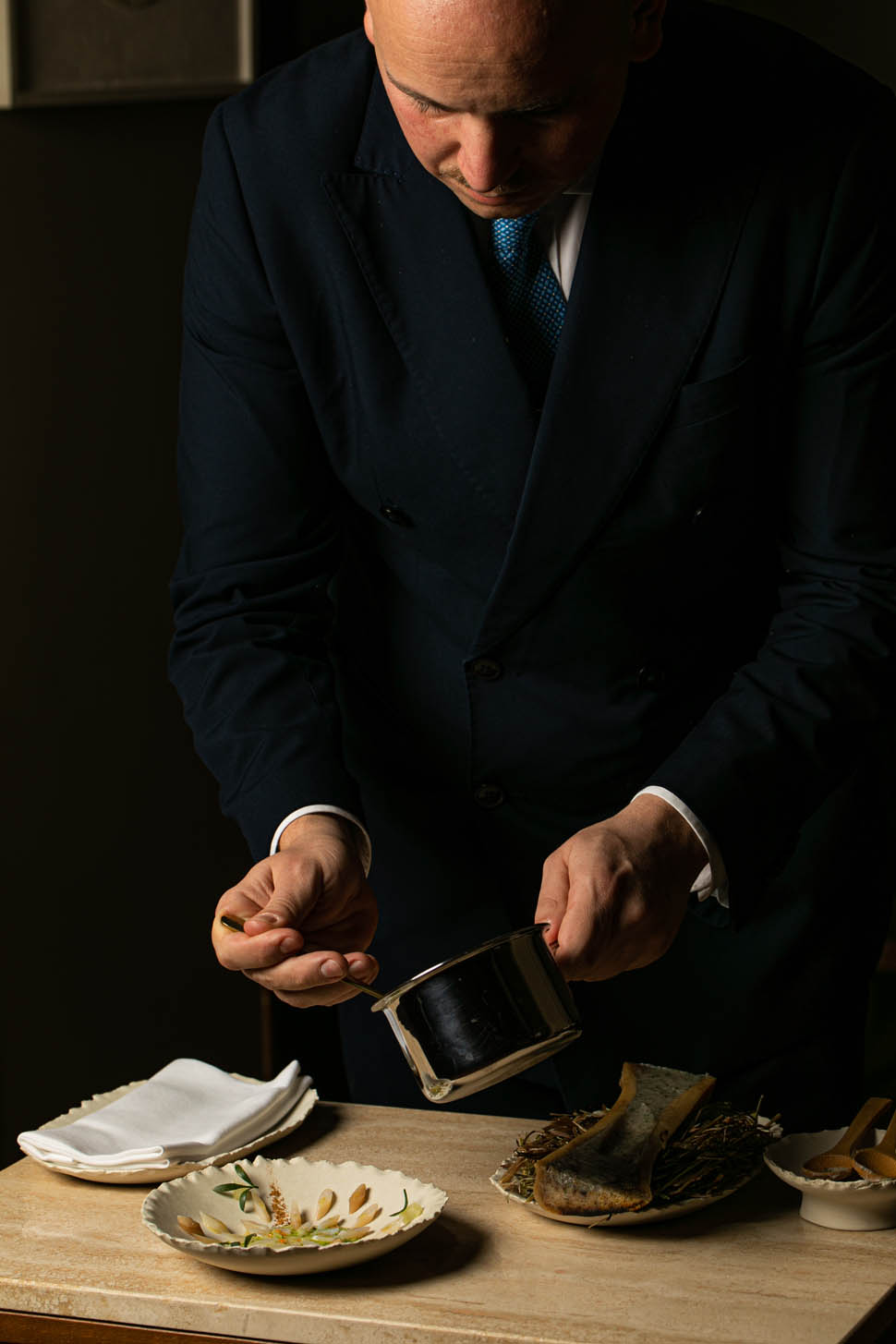
At first glance, you don't feel the need to renovate an environment that appears well-kept and appropriate, but this is only the beginning of a well-thought-out project that involves several stages, necessary to achieve the set goal: “We will completely change pace in terms of design” – continues the chef – “We want to evolve and aim for more important goals, we want to raise the experiential aspect and improve the visual impact. The kind of restaurant I like is French style, small but classy, able to welcome a demanding and sophisticated clientele”, but that's not all, because communication in this sector is fundamental: “I have also invested in a press office because, even if the restaurant is full, I believe that information is a cog that cannot be ignored, I would like everyone to know what we do here”.
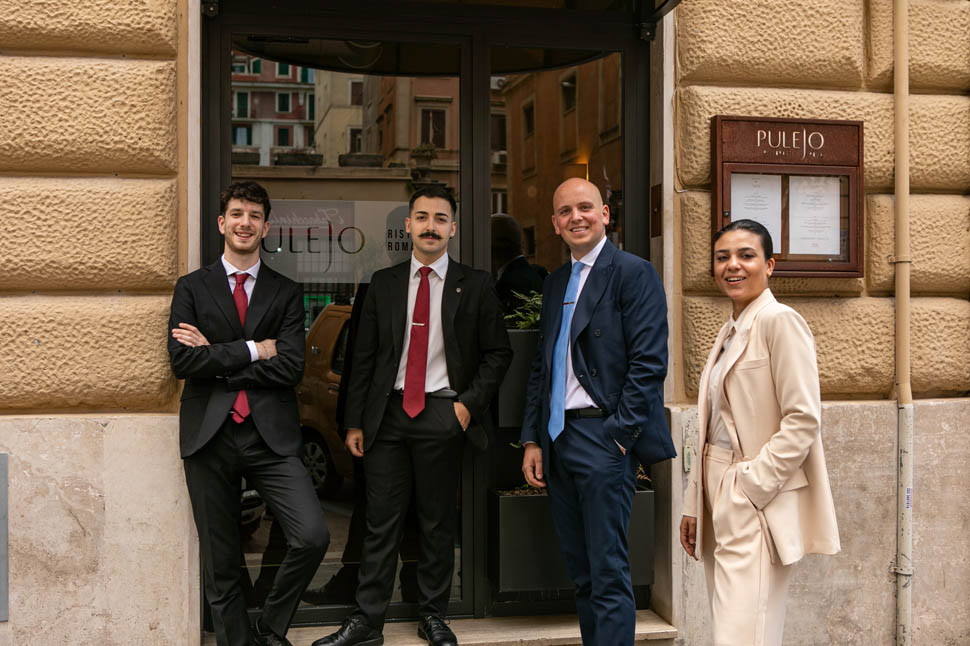
As if all this wasn't enough, Puleio, not wanting to leave anything to chance, has also planned a training course with Alain Ducasse: “I always need new stimuli and new energy. The main objective is not to see what they cook or learn new techniques, but to observe with the eyes of an entrepreneur how a three-star Michelin restaurant works, what the environment is like, how the brigade moves, how they interact with each other and how they study new dishes, to pick up interesting ideas that can be replicated,” the owner explains. Faced with such a clear entrepreneurial vision, it almost seems that the kitchen takes a back seat, but the proposal aims, with equal clarity, to be transversal and of great depth, free of frills and superstructures, understandable and direct.
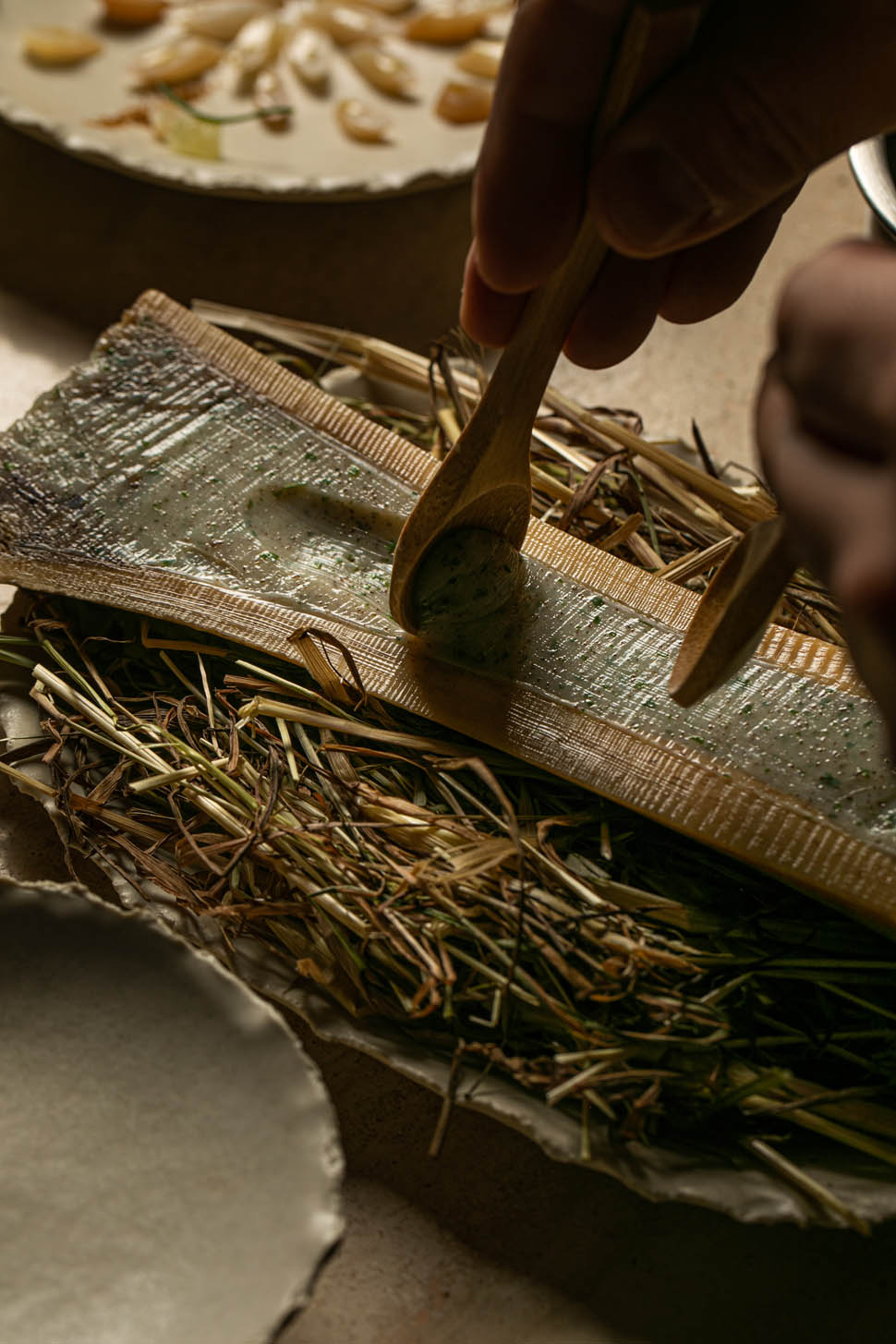
“I like to pamper people and make them feel at home. The key to success is simplicity, trying to reach everyone, but always paying the utmost attention to detail,” says Puleio. His cuisine is based on memory, emotion and curiosity, understood as the search for the new in order to constantly broaden one's horizons. A style characterized by the opulence typical of classic cuisine, metabolized and reinterpreted in a personal key; by the rigor and elegance of the Nordic style; by dishes and recipes reminiscent of ancient Rome, as well as by a great attention to the vegetable world and to influences from other cultures. Above all, however, there are the high quality ingredients, which certainly tell the story of the territory and past experiences, but leave them in the background to let a sudden suggestion, an idea, the inspiration of the moment prevail: the result is combinations that are enhanced in the single dish, giving a modern interpretation that is enjoyable and difficult to categorize, if not under the common denominator of taste, elegance and executive and aesthetic rigor.
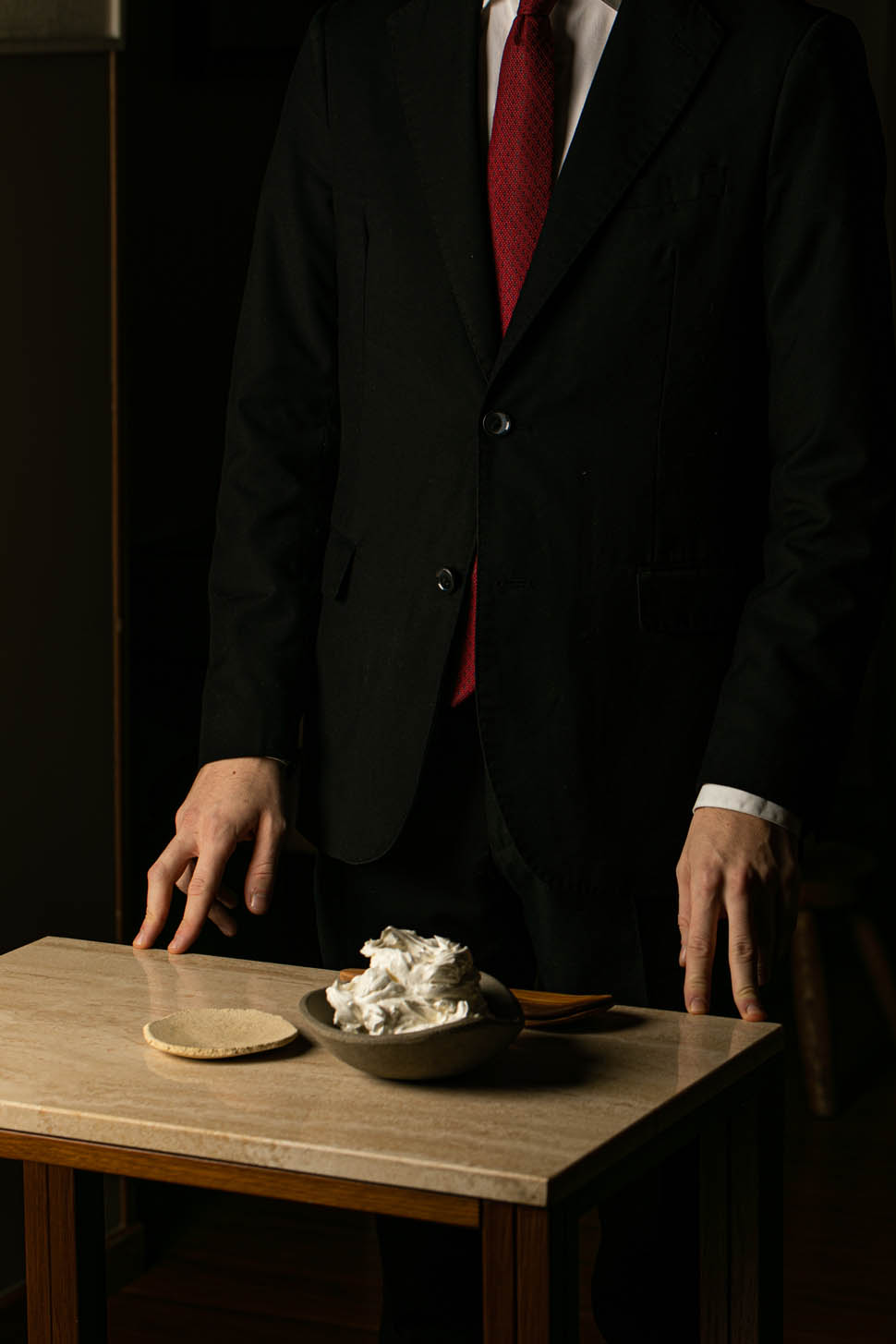
You can eat à la carte, or opt for one of the two tasting menus: Albore (Dawn), five courses for 110 euros, or Crepuscolo (Twilight), seven courses for 140: “I've always paid great attention to the consistency of the menu, which is why there are dishes that I choose for the five courses and others more suitable for the seven”, admits the chef. In both cases, wine pairings can be added, three glasses for 60 euros or five for 80. Davide Puleio is certainly someone who thinks big, but not without awareness and solid foundations. He has been very good at creating a close-knit and cohesive team that supports him, not only in the kitchen, but also in the dining room, where everyone plays a fundamental role with great grace and professionalism.
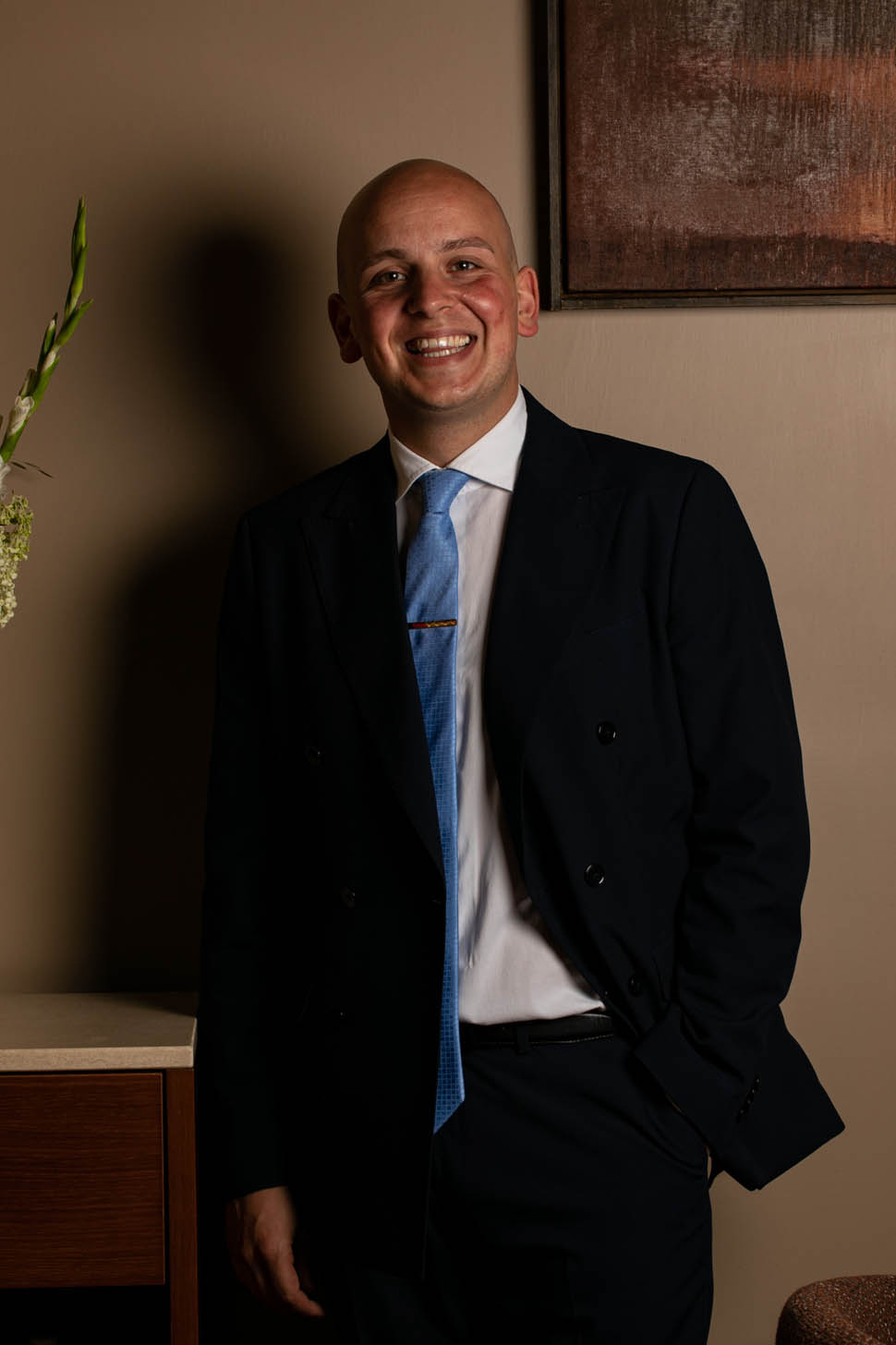
“When we talk about catering, we need to elevate the conversation and talk about business models, which cannot in any way ignore the human factor. Eugenio Galli, for example, the current Restaurant Manager, is a winemaker, he did something completely different in life, he was a client of mine, but there was something about him that struck me. If young people are doing well, if you create a group like this one where there is a great desire to grow, you have to talk about it and value it, because it's not at all to be taken for granted, especially in this sector. “In fact, we should give more space to young talents, both in the dining room and in the kitchen, listen to what they have to say, because they are the future and it is only with their contribution that we can aspire to important goals”, the chef points out.
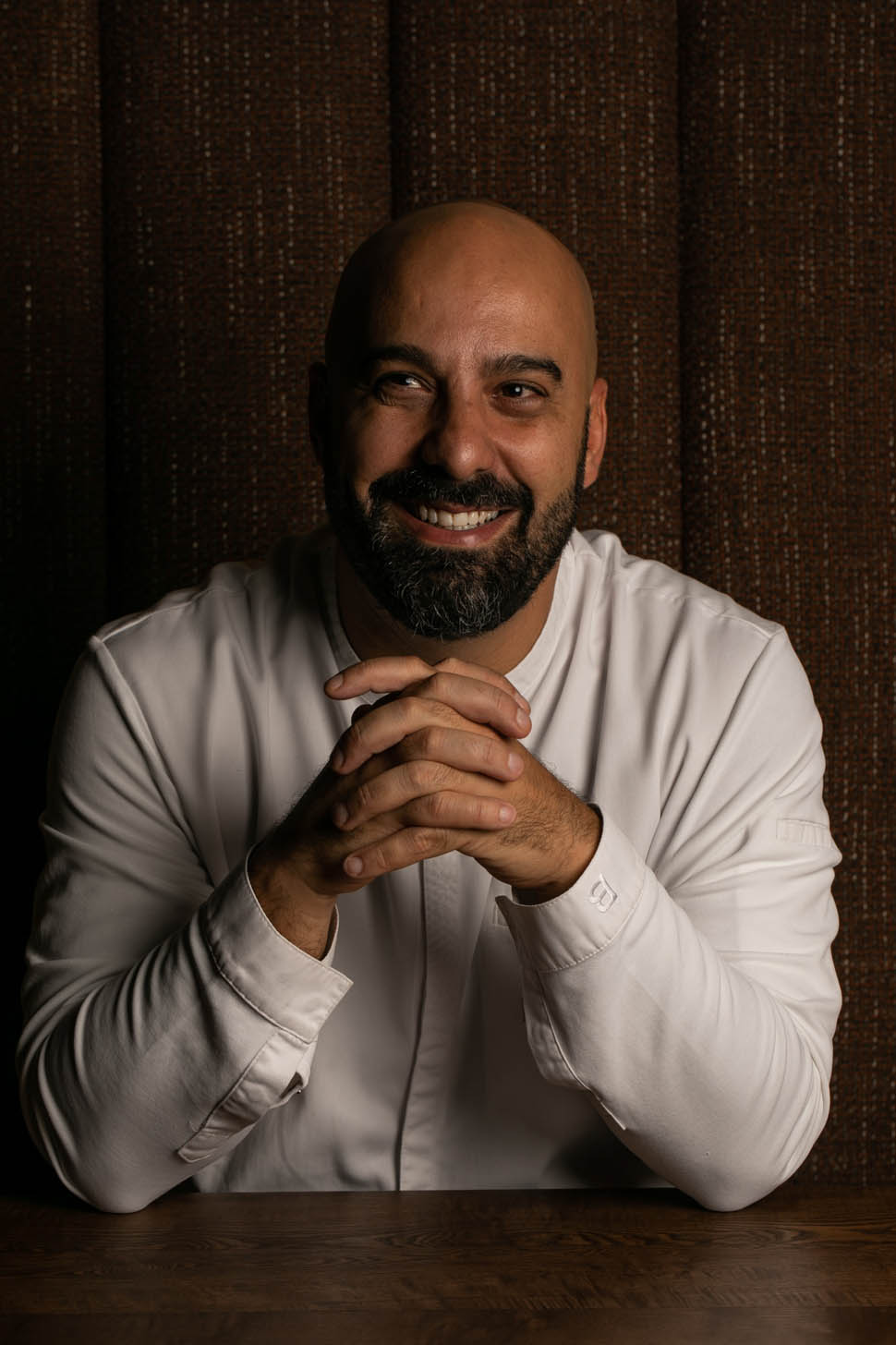
The wine cellar is managed by Gianluca Tronci, a young and well-trained sommelier who has already worked alongside Achille Sardiello at Pipero, and currently boasts just over 300 labels: “The aim is to reach 400 as soon as possible, including elegant yet structured wines that are a good accompaniment to the chef's cuisine,” argues the sommelier. There is a small selection of Italian sparkling wines, with the most representative labels from Franciacorta and Trento Doc, and a good choice of champagnes, with some great maisons and a few outsiders. On the white wine front, there is ample space for wines from Friuli and Piedmont, with a decent selection of orange wines; the rest of Italy is however well represented by the most famous wineries. The selection of French white wines is interesting, then Germany and a few from the rest of the world. The same approach is taken for the reds, but with greater emphasis on Tuscany and Piedmont, as is only right, with the most important and representative wineries from those areas.
THE DISHES
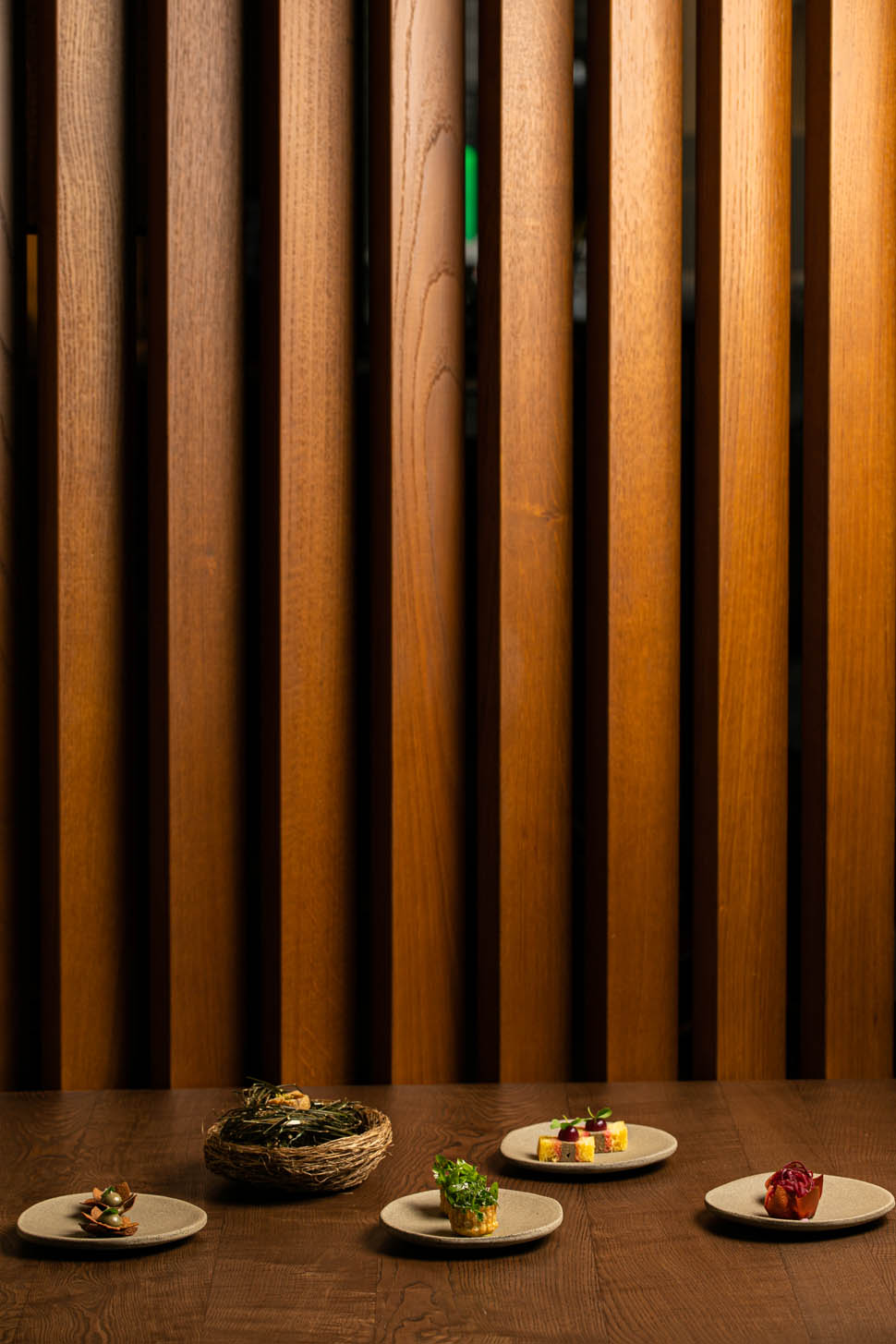
The welcome from the kitchen gives a comprehensive overview of the chef's vision and his rigorous and precise style, described above: there is room for vegetables and the sea with the basket of beetroot stuffed with crab and pear brunoise flavored with lemon thyme; there is the countryside, with fried Taragna polenta balls stuffed with Abruzzese buffalo stracchino, wild fennel and toasted yeast powder; there's the territory and Rome, with steamed artichoke chips, cream of artichokes cooked under the ashes and lesser calamint; there's the Orient, with the typical tartlets of Asian origin, filled with smoked mackerel, dill mayonnaise and wild herbs from Frascati. Finally, there is the aforementioned openness to new things, represented by the diplomat with chicken liver parfait, raspberry gel and sorrel, a perfect synthesis of the chef's Roman origins and the sous chef's decades of experience in Paris.
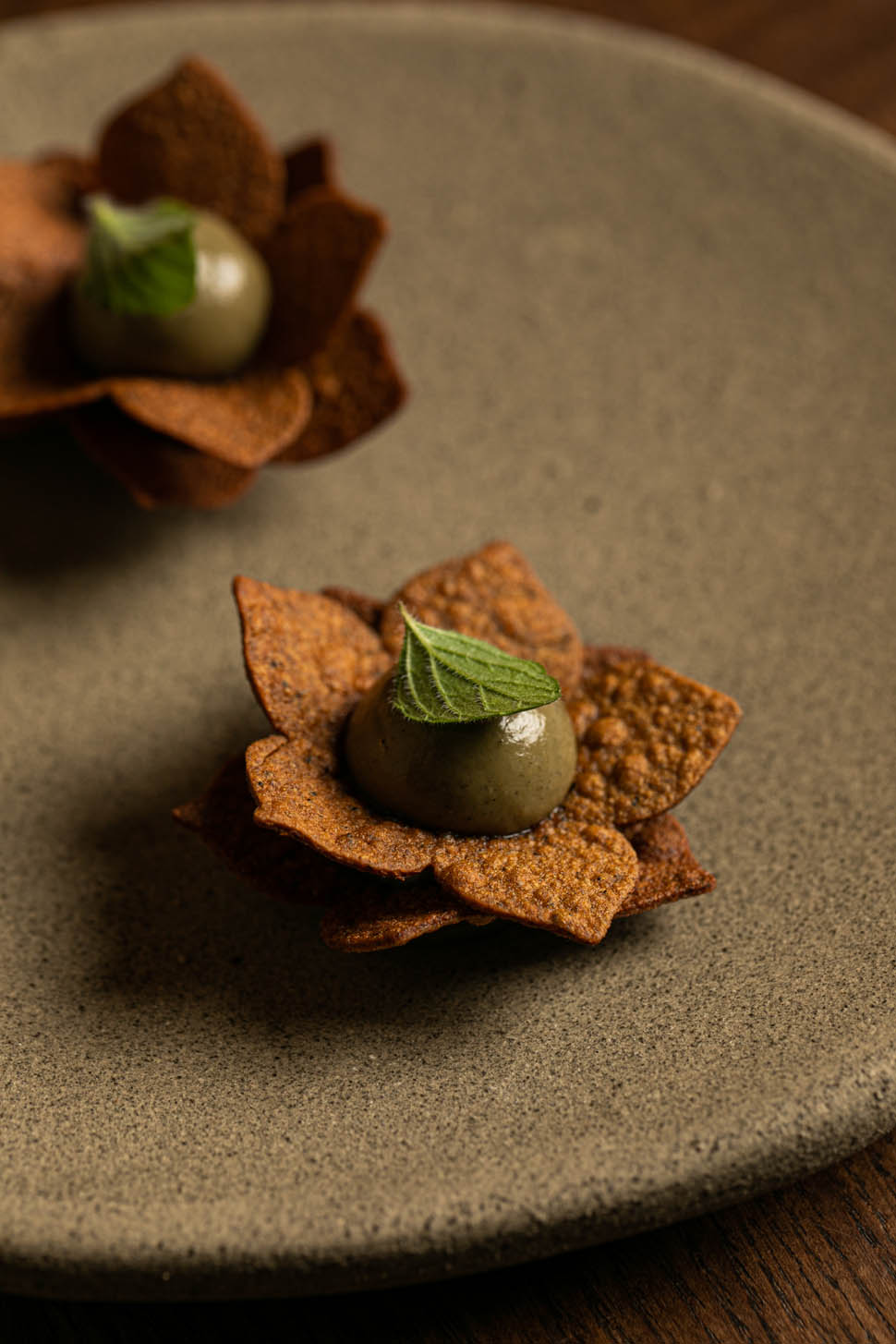
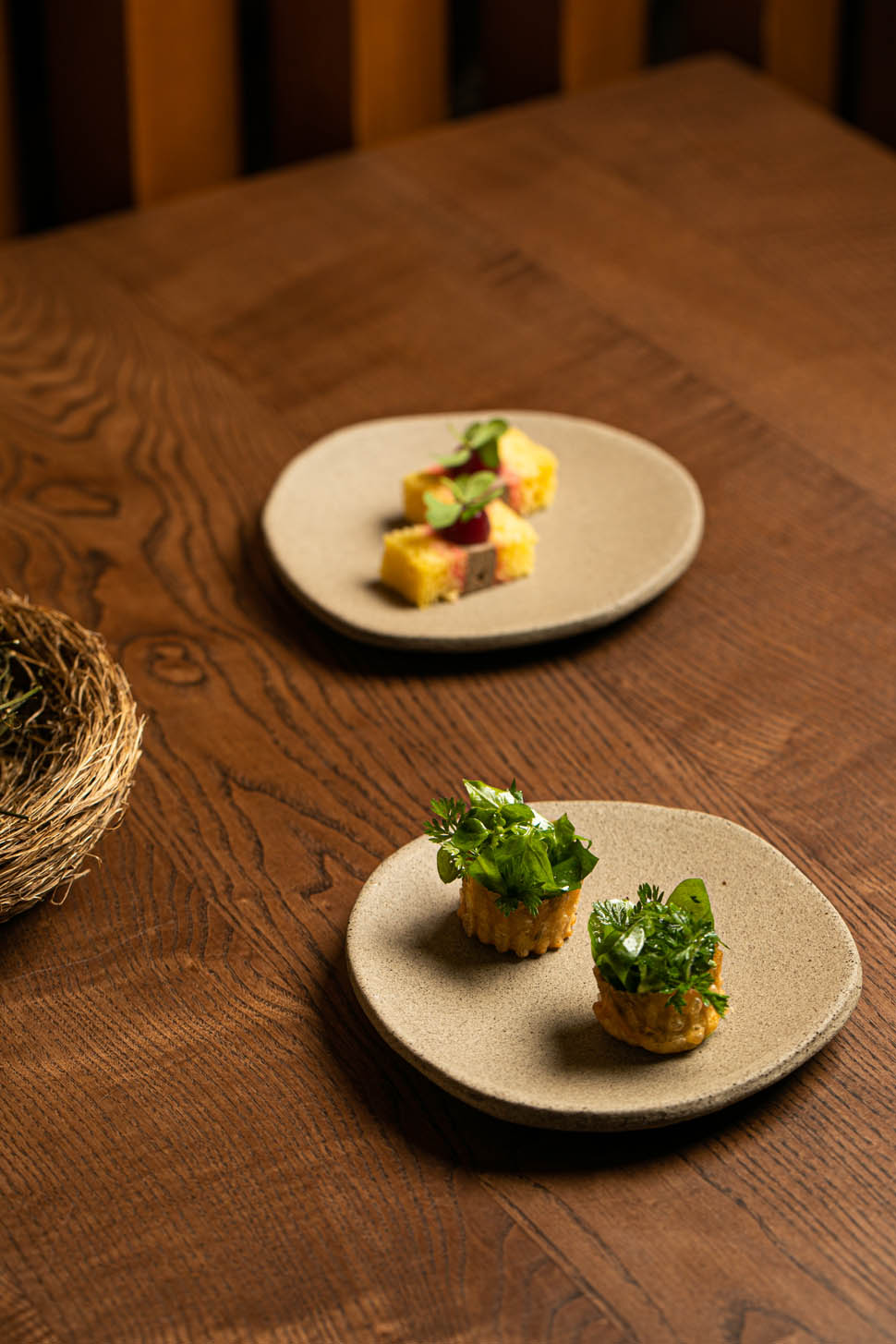
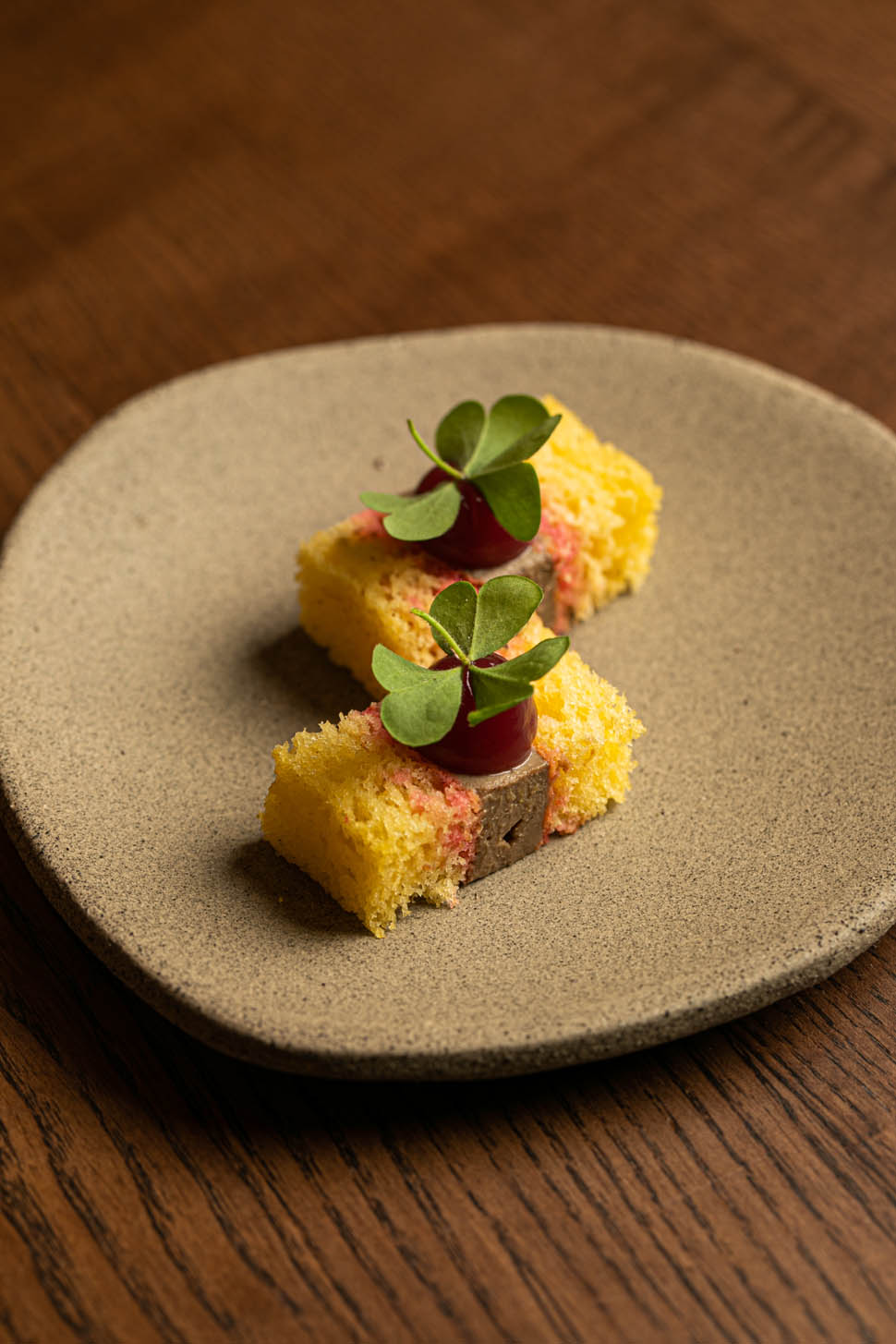
The journey begins with the excellent “Cannolicchi in gremolada”, a fusion of experiences in Copenhagen and Milan: razor clams cooked in water at about 80 degrees, mussel powder, sea fennel and finger lime, with a marrow-based sauce to give the dish a savory boost, parsley, razor clam broth and gremolada, a typical Milanese sauce for ossobuco: a delicious, opulent, savory, sour dish, perfectly paired with a Riesling di San Leonardo, in which the acidity is well balanced by the aging in barrique. We continue with “Sea snail, bourguignonne, dulse seaweed, potato and caviar”, in which the seafood is cooked and placed on the bottom, hidden by the other ingredients: an immediate, direct, comfortable dish, to be eaten with a wooden spoon, which highlights the chef's maniacal attention to aesthetics and plating: “We study every composition in detail, but I've invested in new tableware because we want to improve even more,” he admits.
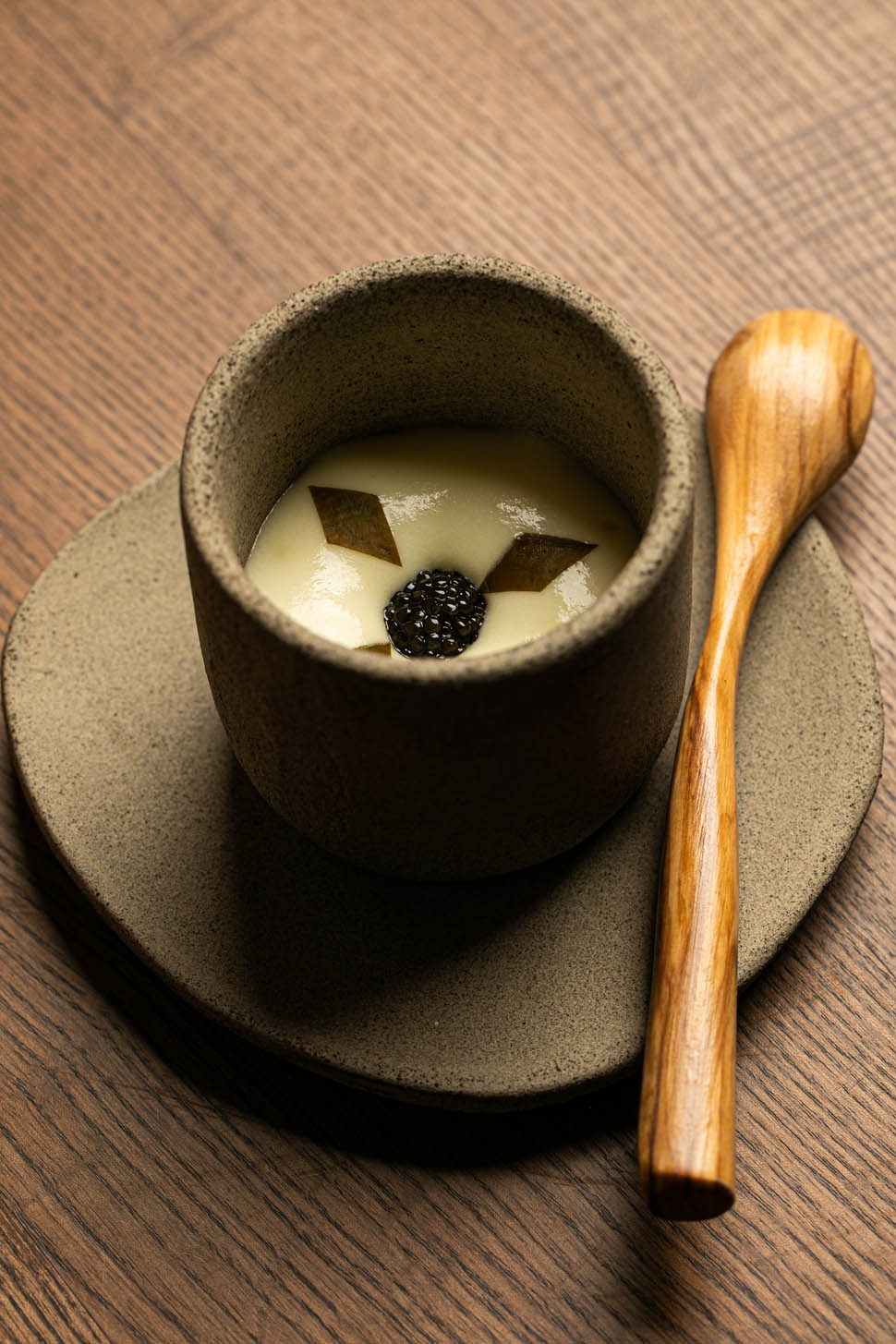
We continue with “Animella e Ostrica” (calf sweetbread and oyster): calf sweetbread cooked to perfection in butter, smoked oyster mayonnaise with beechwood, chickweed leaves and veal stock, flavorful and substantial, according to the classic dictates of the French school. Also interesting are the “Tagliatelle ricci e ricci” (urchin tagliatelle), made with chestnut flour, creamed in a pan with koji broth, obtained from the fermentation of wheat and with a slightly smoked sea urchin sour butter, then fresh sea urchins, pickled sea fennel and a roasted and finely grated chestnut: a dish that goes perfectly with the fatness and opulence of Terzavia Riserva by Marco De Bartoli, served as an accompaniment.
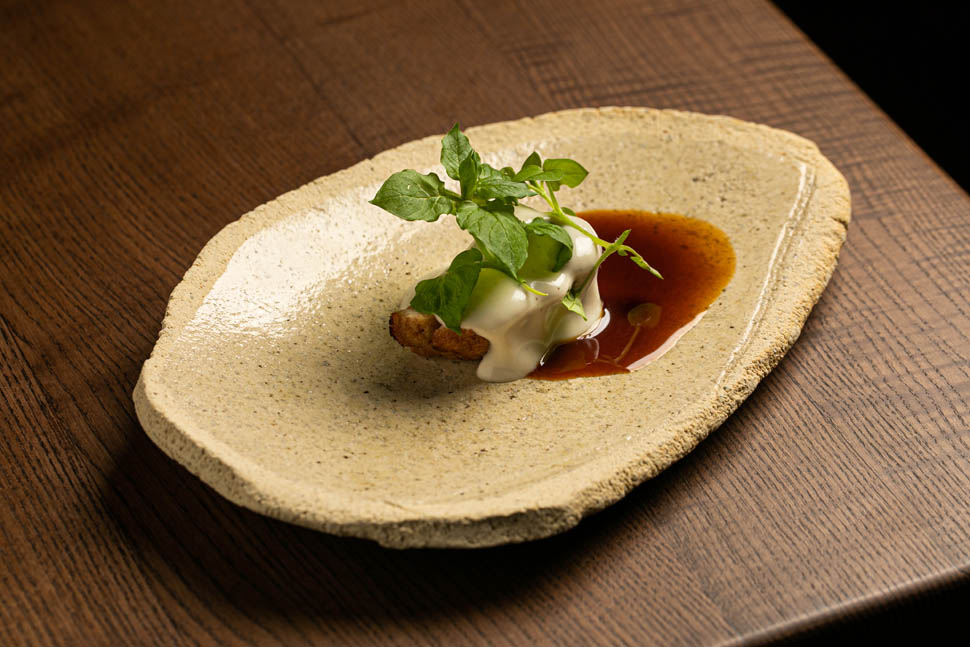

Next comes one of the most complex and satisfying dishes of the course, namely “wild boar candles in dolceforte, quince and pine nuts”, a pasta filled with wild boar cooked with juniper, bay leaf and rosemary, dolceforte sauce, a typical Tuscan sauce made with dark chocolate, brandy, pine nuts, raisins and wild boar stock, pine nut cream with quince in the center, wild boar and black truffle pâté: a delicious, flavorful and very technical dish. The last savory proposal is the “Manzetta from Benevento, prunes and capitone” sirloin cooked on yakitori, with a base of Damascus plum compote, Rosa di Verona radicchio, grain mustard, smoked capitone (crayfish) and the meat itself with the addition of plum juice; accompanied by beef consommé with rosehip infusion and the addition of Port.

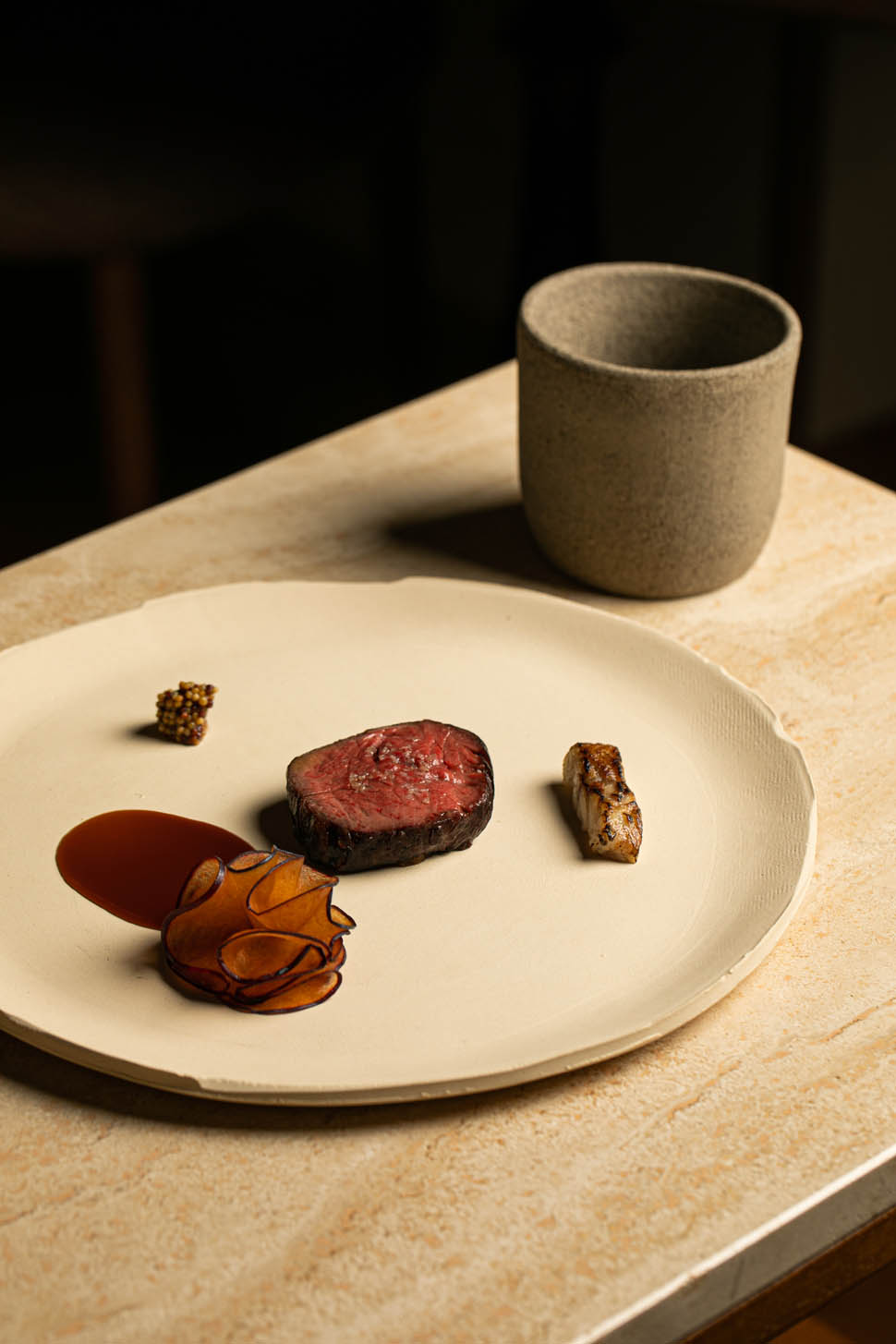
To conclude a surprising course in terms of variety, complexity and taste, the “celeriac tarte tatin, fior di latte and vanilla ice cream”: celeriac is used instead of apple and is cooked with honey, butter and apple juice; at the base is a pasta sheet, next to it is vanilla fiordilatte ice cream to spread on the tart, to be eaten strictly with the hands.
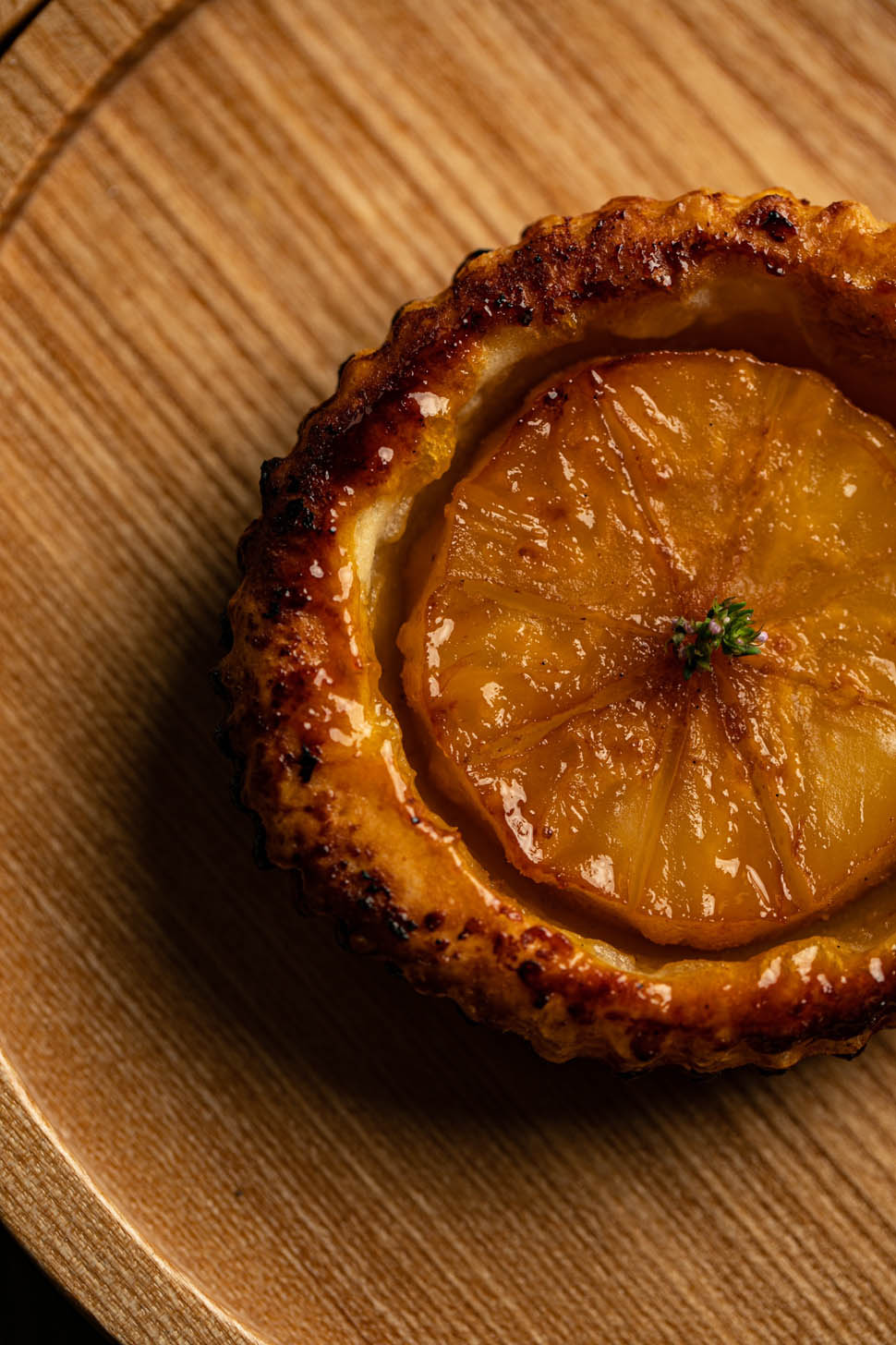
Address
Pulejo
Pulejo, Via dei Gracchi 31. 00192 Rome
Phone: 06 8595 6532

